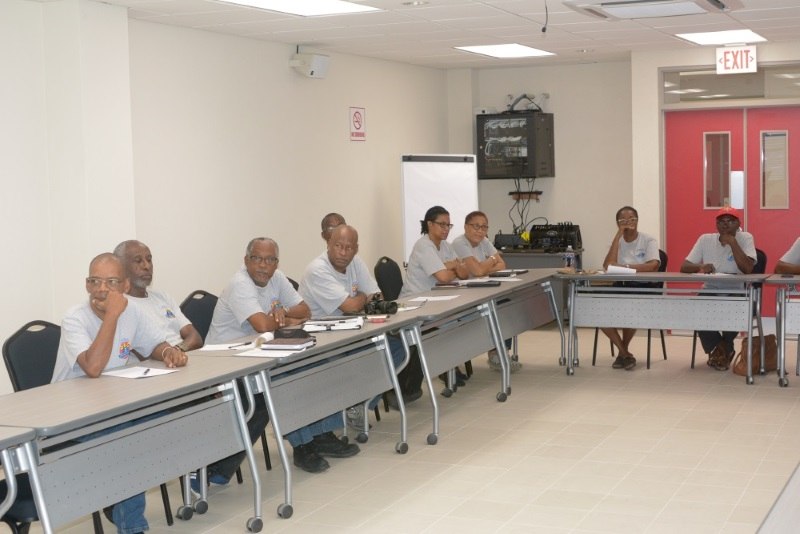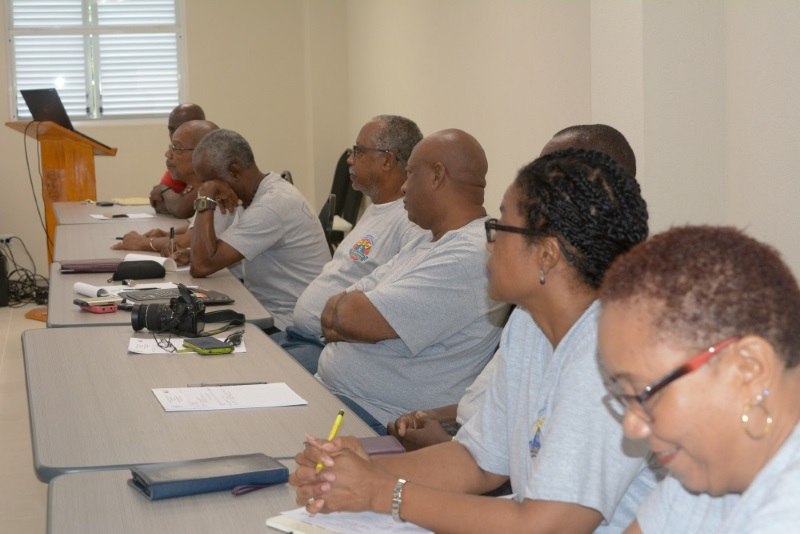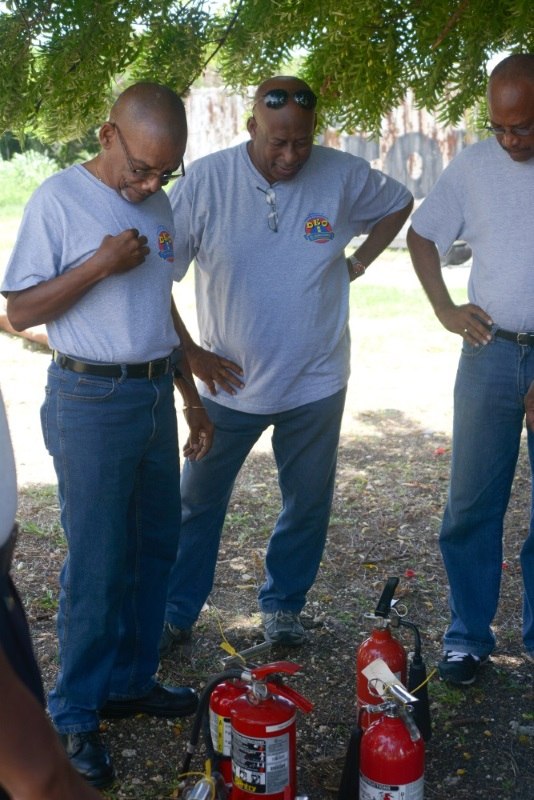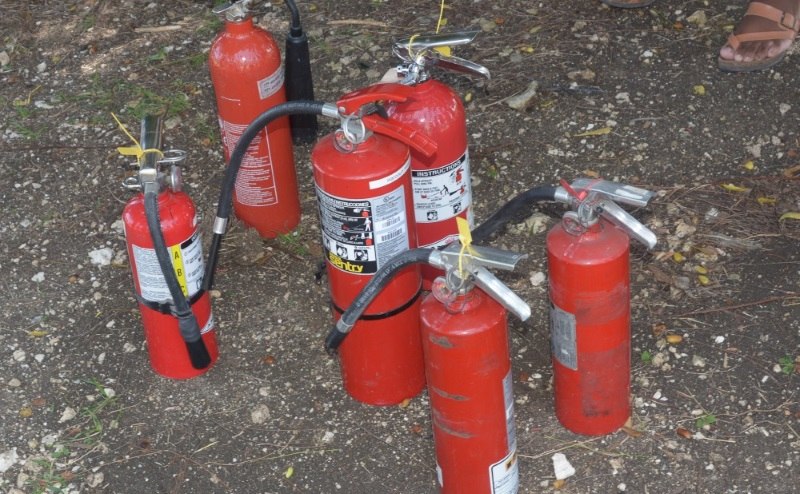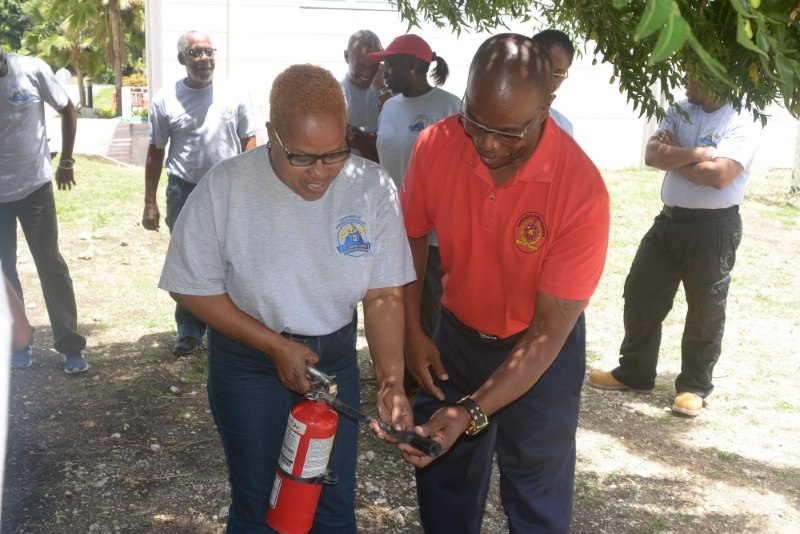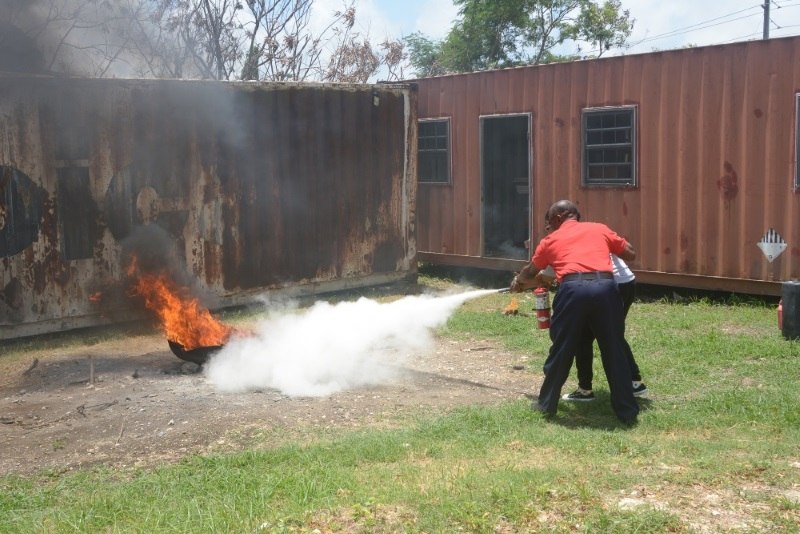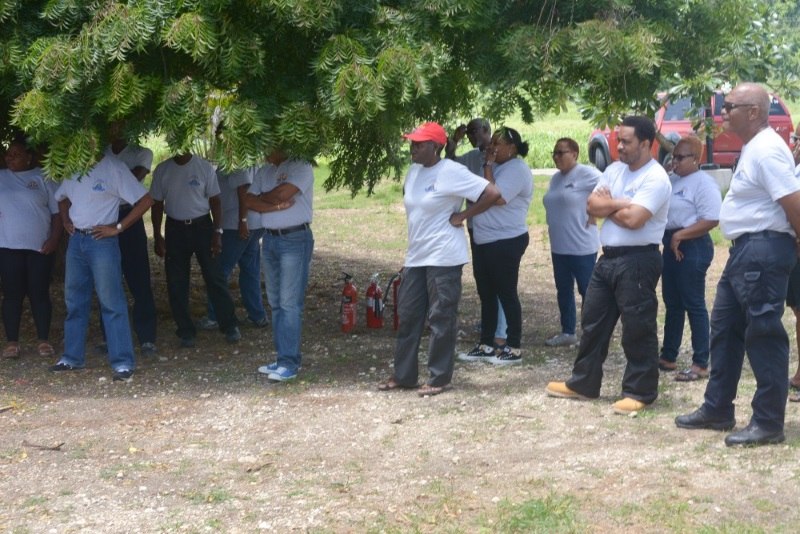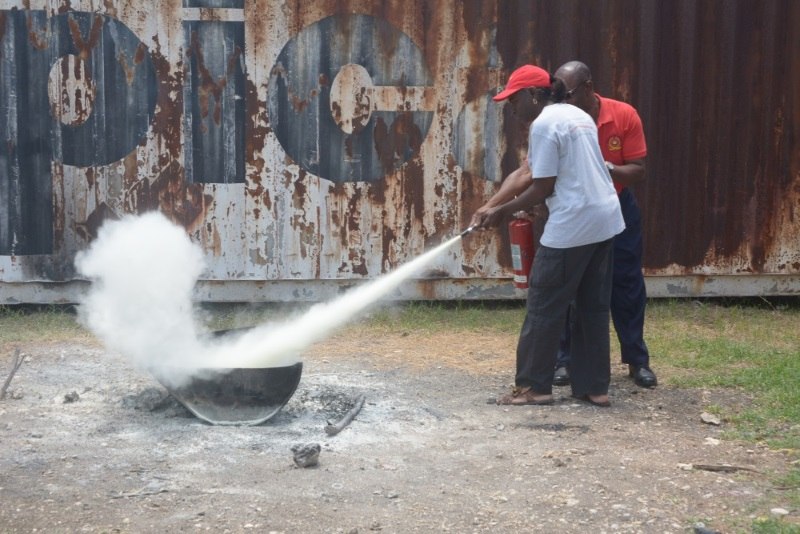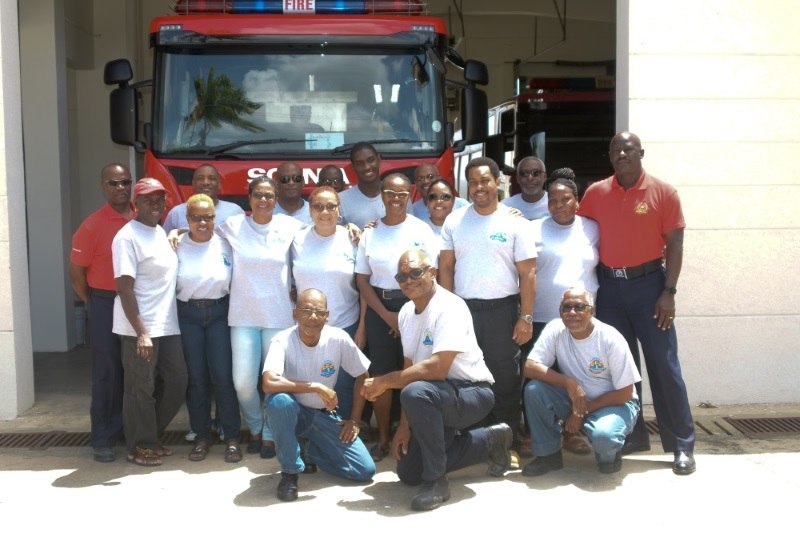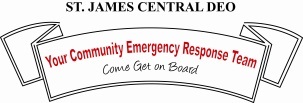
Fire is listed among the most common of all business disasters and has often resulted in the loss of homes and great losses to residents. Yet it is one of the hazards that persons do not pay attention to until a fire has happened on their property. Why would a person spend thousands of dollars to build and invest in houses, business, property and apartments, but will not consider spending a few hundred dollars to protect that investment?
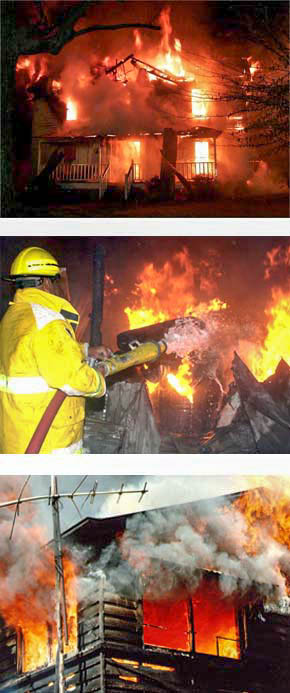
- If you have a building, office or facility, have you called in certified personnel to inspect for fire safety and compliance regulations?
- Have you installed smoke detectors and appropriate fire extinguishers in appropriate locations.
- In large offices or structures, have you installed automated sprinkler systems, fire hoses with adequate pressures?
- Have you established a system for alerting occupants, employees and other occupants of the building that a fire has started?
- If you have an alert system, can the system allow persons with hearing impairments, blind or other disabilities to respond.
- Do you have a safe evacuation plan with all emergency exits with adequate signage and directions?
- Do you have a process as to who and how is the fire department to be alerted.
- Does your evacuation plan clearly identify a process of accounting for all persons who was in the building prior to evacuation.
If your answer to any of these questions is ‘no,’ you are not practising safety measures or procedures.
FIRE EMERGENCY RESPONSE
An acronym that applies and defines your Fire Emergency Response-( RACE)
R – Remove all persons in immediate danger to a safe place.
A – Activate the fire alarm system and call the fire service.
C – Close all doors and windows to prevent the spread of the fire by reducing air supply.
E – Extinguish the fire.
Floor Plans
The access to and an integral knowledge of the floor plans of a building can be very useful in the planning of your evacuation process.
You can straight away identify:
- Your current location
- The nearest exits
- Stairs
- Windows and doors
The floor plan should also indicate:
- The location of Pertinent Emergency Shut off devices
- The location of fire extinguishers, fire pull stations, fire hose reels and sprinkler systems
- Where your utility services enter the building.
- Assembly areas per hazard
- The location of First Aid stations.
Fire Extinguishers
Fire extinguishers come in (4) classes with a variety of sizes and numerical ratings. The higher the numerical rating, serves as a guide for the amount of fire that the extinguisher can handle. The size of the extinguisher speaks for itself.
Class A) Extinguishers for ordinary combustible materials such as paper, wood, cardboard and most plastics. The numerical rating here will indicate the amount of water it holds and the likely amount of fire it can extinguish
Class B) Extinguishers for fires involving flammable or combustible liquids such as gasoline, kerosene, other oils and grease. The numerical rating for a class B extinguisher indicates the approximate square feet of fire it can extinguish.
Class C) Extinguishers for fires around electrical equipment. There is no numerical rating for class C. Class C fire extinguishers indicate that the extinguishing agent is non-conductive.
Class D) Extinguishers for fires that involve combustible metals like titanium, potassium, sodium and magnesium. These don’t have a numerical rating and are advised to be used only for the afore mentioned combustible metals.
Since most fires involve a combination of the classes mentioned, most fire extinguishers are made readily available under an A-B-C classification.
It is vital to know what class of extinguisher you are using. Using the wrong type of extinguisher for the wrong type of fire can be life-threatening.
Water Extinguishers
Water Extinguishers are air pressured. These are only used for class A. Never use a water extinguisher on a grease, electrical or combustible metal fire.
Dry Chemical Extinguishers
Dry Chemical Extinguishers come in a variety of types and are often suitable for a combination of classes A, B and C fires. Most chemical extinguishers are filled with foam, powder and pressurized with Nitrogen.
BC Designated Extinguishers
BC Extinguishers are commonly used and available. They are filled with sodium bicarbonate or potassium bicarbonate. Caution this type of extinguisher often leaves a corrosive residue which can also damage materials.
ABC Designated Extinguishers
ABC Extinguishers are filled with mono ammonium phosphate, which is a yellowish powder that also leaves a sticky residue that may be damaging to electrical appliances and computers.
CO2 Designated Extinguishers
Co2 Extinguishers contain a pressurized carbon dioxide as a non flammable gas.
The average fire extinguisher contains approximately 10 seconds of extinguishing agent. Always read instructions that are affixed to the unit beforehand and be familiar with its use by hands- on training. Once the fire is out always watch the area for a few minutes, depending on the size and nature of the fire, in case it re-ignites. Always recharge the extinguisher immediately after use (preferably within 24 hours).
The Acronym PASS defines the proper procedure when using the extinguisher.
P – Pull the pin breaking the plastic seal.
A – Aim at the base of the fire.
S – Squeeze the handle.
S – Sweep from side to side at base of fire.
Fire Alarm Systems/Devices
Some systems may include:
- Manual pull stations
- Smoke detectors
- Heat detectors
- Water sprinkler devices
- Automated ventilation systems
- Strobe lights/Audible sirens/Bells
Functions/Roles of a Fire Drill:
- To allow persons to practice fire response and training.
- To reinforce fire safety education
- To allow the relevant persons to evaluate what was done
- Seek to ensure maximum benefit to persons involved, as each drill should be responded to as if it was an actual fire. They are better done unannounced.
Fire Risk Assessment
This involves identifying potential sources of ignition in your home or workplace. It also identifies what combustible materials are around your house/business and also what furnishings and materials are used in the structure of the building.
During an evaluation of the risk, opportunities present themselves to eliminate, substitute and avoid easily combustible materials or substances.
Staff, visitors and customers who occupy the premises should also be considered.
What are your evacuation initiatives?
What equipment or devices are installed or provided?
What fire fighting apparatus and warning devices are provided?
Are individuals trained to respond to the break out of a fire?
Is the testing and maintenance of your fire response apparatus key components of your fire risk assessment procedures?
